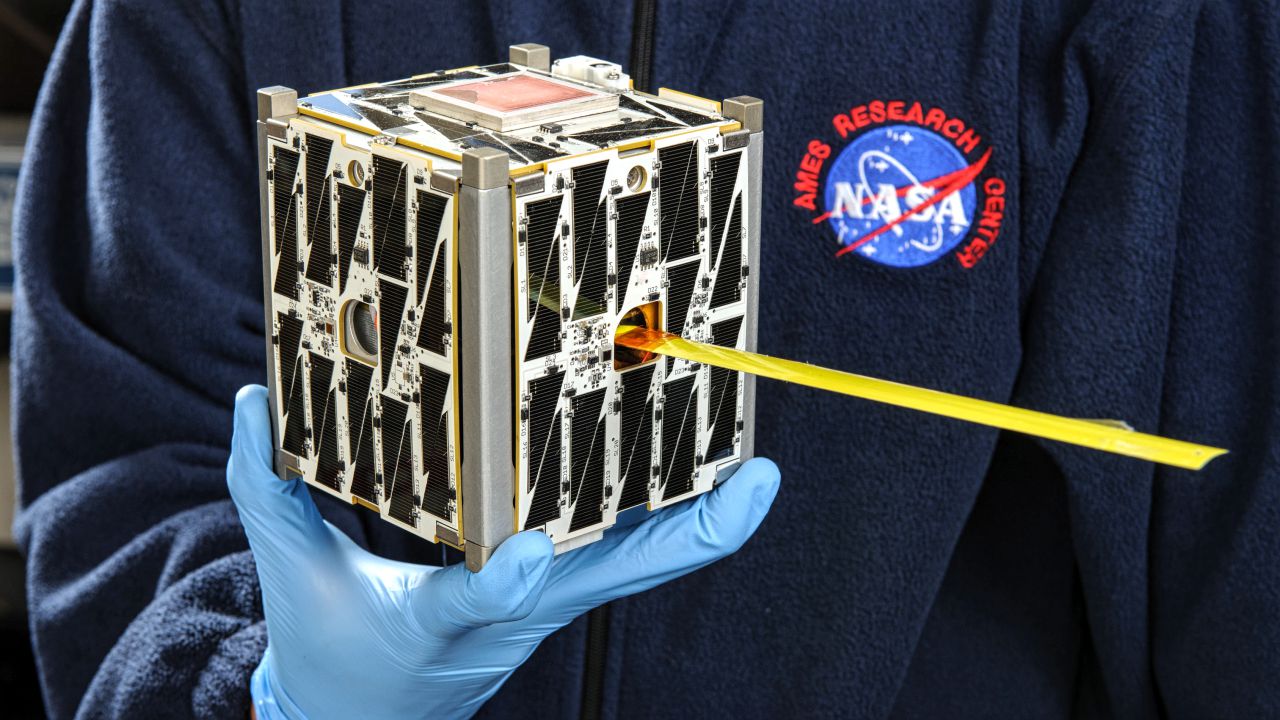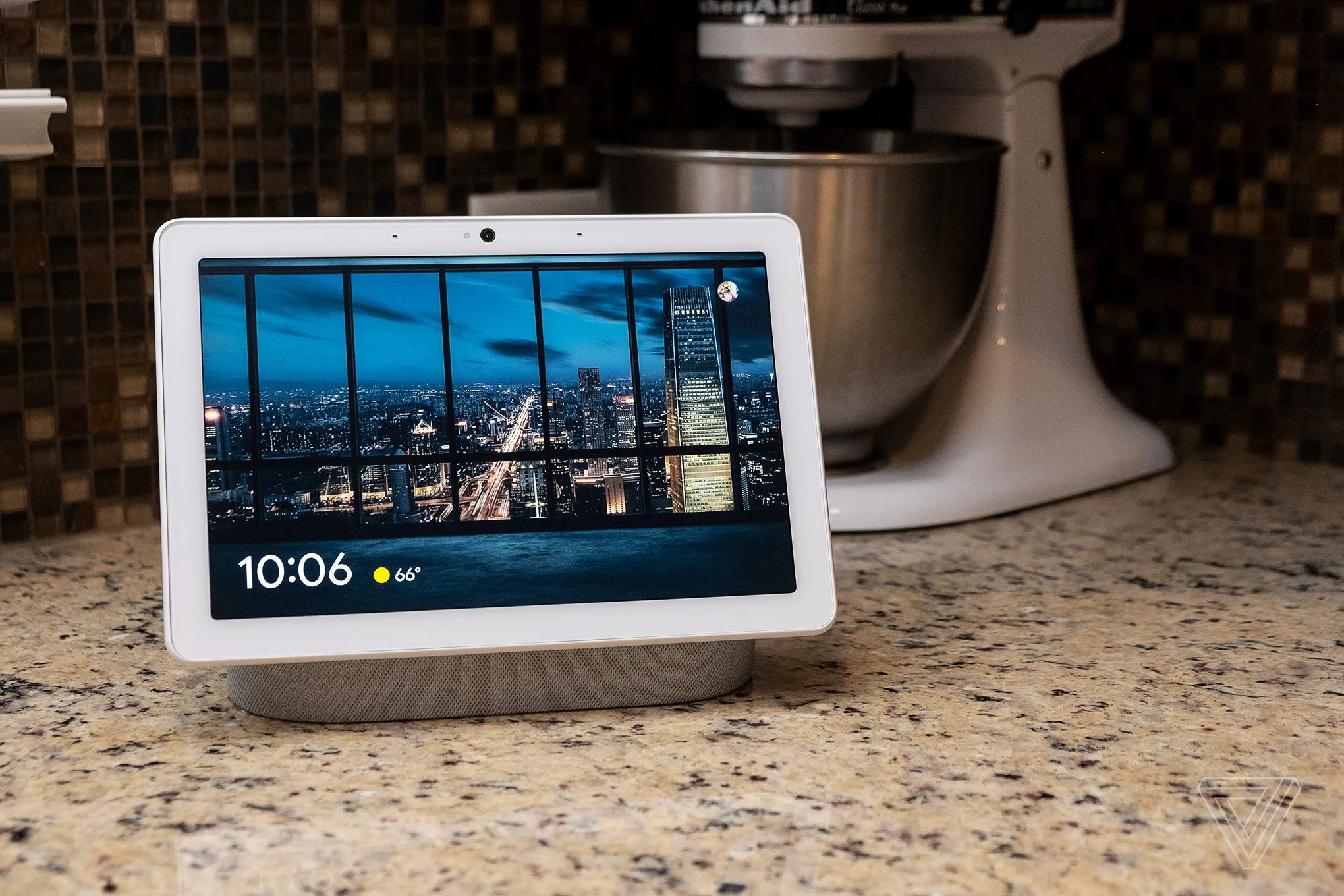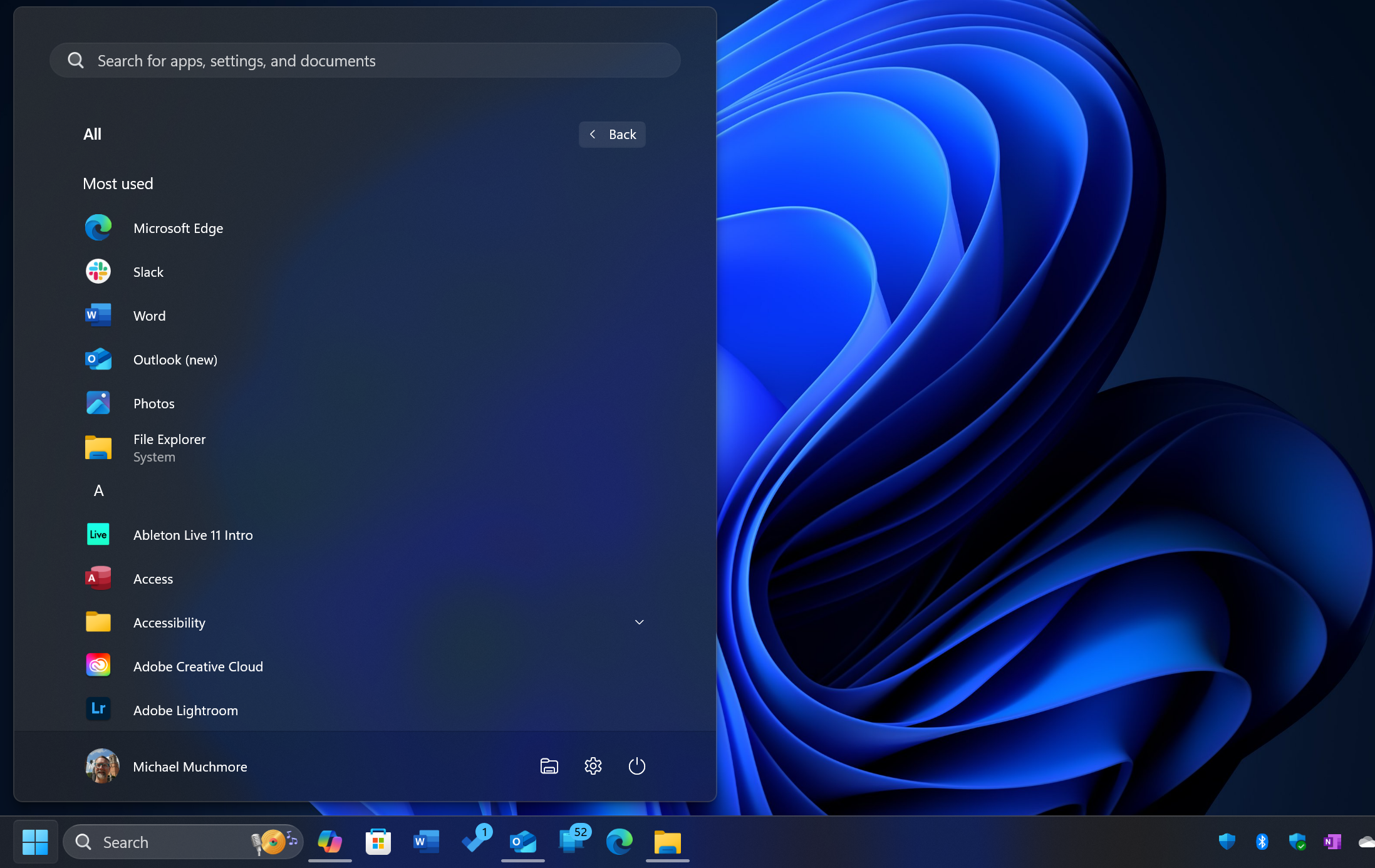A nano-satellite nicknamed CubeSat that weighs just five pounds with a body dimension of 4 x 4 x 6.7 inches has just become the latest mini satellite to enter orbit. This nanosatellite has been officially christened as Optical Communications and Sensor Demonstration (OCSD) and was launched aboard an Atlas V rocket from the Vandenberg Air Force Base, California.
The CubeSat is the first of the two satellite that use laser technology to transmit optical data to the receptors on Earth.
Optical Communications and Sensor Demonstration (OCSD) Spacecraft setup differs from other laser-based communication systems since the laser is hard mounted on the spacecraft. The orientation of the spacecraft controls the direction of the beam and has enabled NASA to miniaturise the spacecraft
The miniature satellite has radioed back to confirm its orbit and has become operational. The nanosatellite is the first in the series of six technological demonstration missions by NASA.
These technological demonstrators are a joint venture involving NASA, other government agencies, academia and commercial companies.
It involves lightning fast communications to original propulsion systems to technologies that enable rendezvous and docking, into future space missions.
Steve Jurczyk from the associate administrator for the Space Technology Mission Directorate (STMD) at NASA Headquarters in Washington said that missions like this will drive future missions and will also improve communication abilities of nanosatellites.
The present CubeSat will transfer data at a rate of 200Mbps. It is almost 100 times the rate at which current CubeSat transfers data.
The next OSCD mission is scheduled to occur on February 1, 2016. It will demonstrate if two satellites can be manoeuvred close to one another using low-cost sensors and a new type of propulsion system that uses water as a propellant.
Richard Welle, Microsatellite Systems Department director at The Aerospace Corporation, said that Laser communication is the next step in high-speed communication and data transfer.









